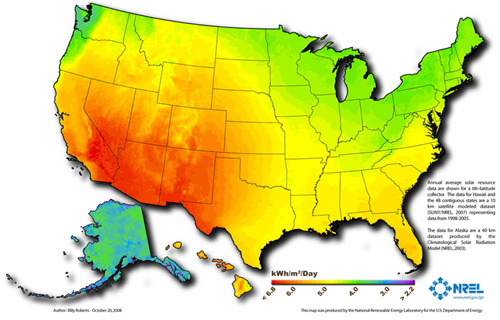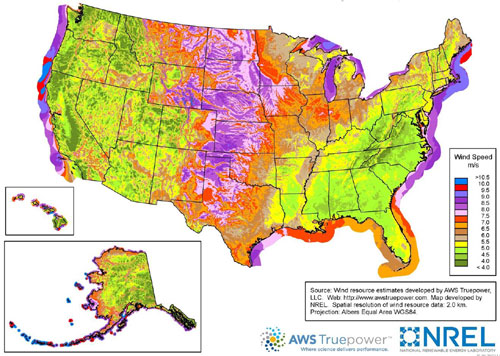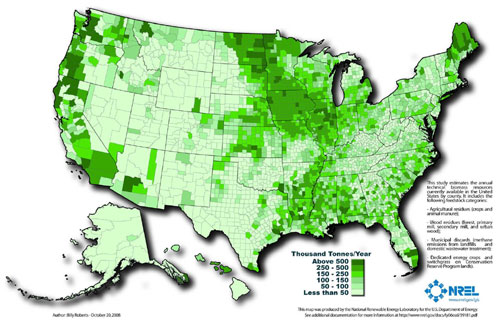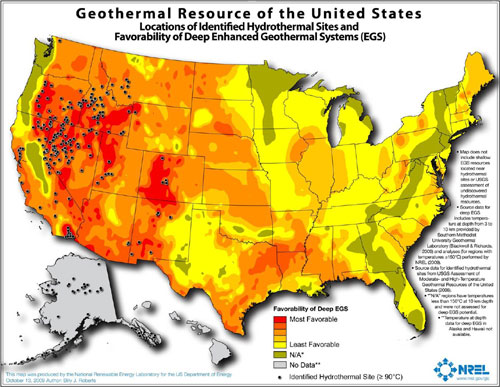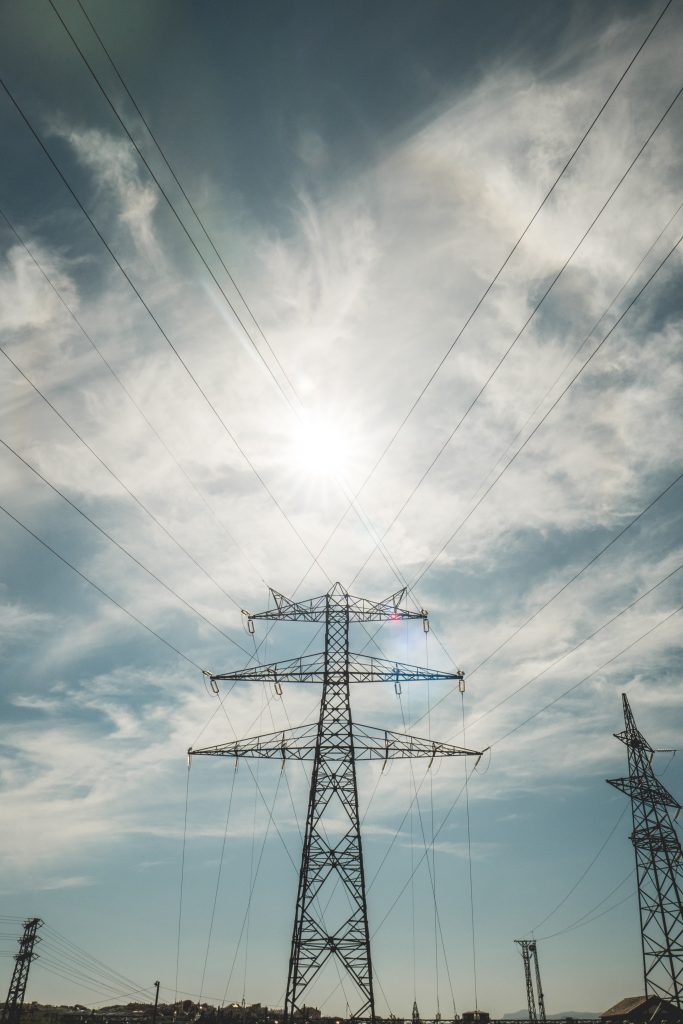
When Hurricane or “Super Storm” Sandy hit here last autumn, I didn’t have power for eleven days. I was one of the lucky ones, though — I still had my house, a gas-powered stove, and gas-heated water. Here’s what I learned about living without electricity.
Light
- Headlamps are better than flashlights. Have one for each person.
- Large camping lanterns with fluorescent bulbs are great but be aware that they will only light up your immediate area. They also burn through batteries fast.
- Candles are traditional and don’t require batteries, but they also don’t provide much light.
- Another idea I’ve read about but haven’t yet tried is to charge up solar-powered LED garden lights during the day and distribute them around the house at night.
Refrigeration & Cooking
- If you’re not following Eve’s Tips for Living Without Refrigeration, you’ll want to get a cooler ready for your perishables. Alternatively, you can designate a freezer as your cooler. Organize your food so that you know what’s where and what you’re going to grab first.
- Freeze as much ice as possible — in containers, water bottles, and ice trays. If you can’t fit in or freeze all your bottles, fill them with drinking water. Set your fridge and freezer temperature settings to their coldest point.
- Bag your meat and ice cream to avoid a mess later.
- If you have the means to cook, plan and print your recipes before the power cuts.
- Once the power cuts, keep the fridge and freezer doors closed for at least a few hours. How long the temperature will stay down will depend on how full they are. Just be sure to grab the ice while it’s still frozen.
- Load up your cooler with the ice and your priority perishables. Open it as seldom as possible. Watch out for the inevitable leaks as the ice melts.
- Even after the ice has melted, the cold water and small size of the cooler will keep temperatures down.
- If you have a gas stovetop and a lighter or matches, you’re all set for cooking. You can make soups and stir-frys out of the last of your perishables, and then start on canned and packet meals. Even foods that don’t normally go in a pot can be heated by steaming them.
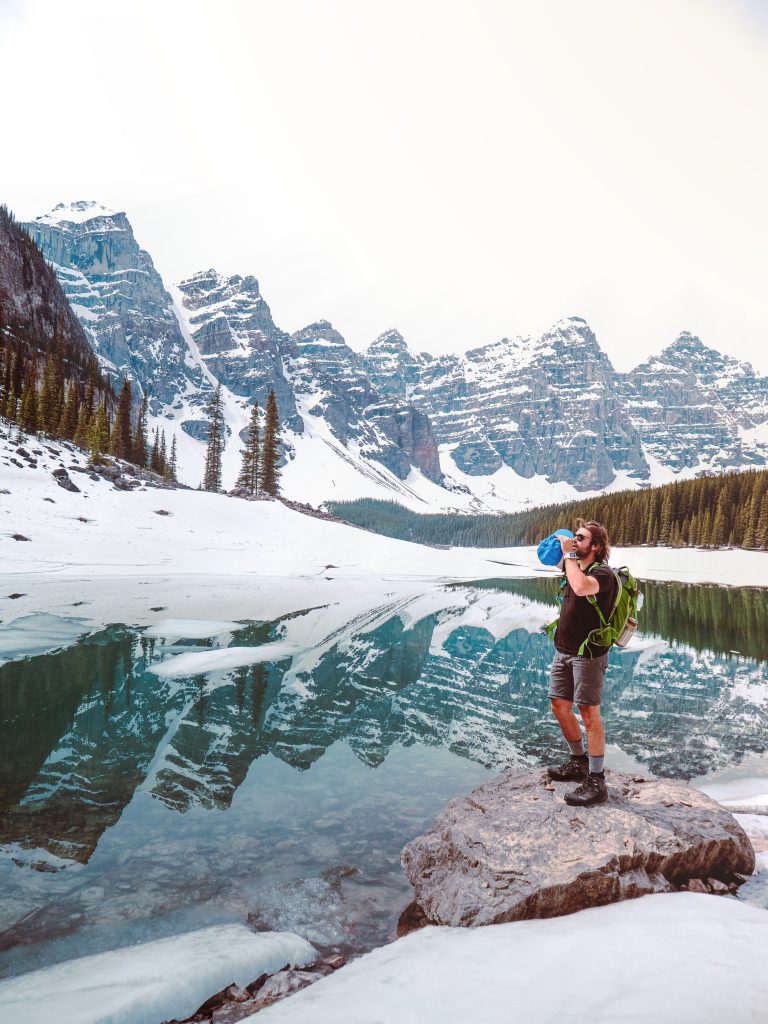
Temperature Control
The worst part of a power outage in the late fall and winter months is losing your heat. A fireplace helps, but burning logs isn’t enough. Unless you’re already in an enclosed space, the warm air is going to be sucked away. To avoid this, you can create a temporarily enclosed space, for example by using some good tape and a few plastic painter’s drop sheets. If you manage to get your fireplace and stove into the same space, it helps to boil some water and steam up the room a little. However, it’s not wise to run gas heat in an enclosed space for long (and a gas fireplace shouldn’t be enclosed at all). Also, the steam will eventually soften up your walls.
Keeping Cool During a Summer Power Outage
Connectivity
- Your best tools for keeping in touch are a battery- or hand-crank- powered radio, a corded landline phone with a backup battery, and your cellphone. The landline will only last so long, but that way you can give your cellphone a rest before it’s needed.
- Charge up any laptops in your home. You may not have wifi after the power cuts, but they can be used to charge up any USB-powered devices, like your phone.
- Write down or print out any phone numbers and emergency information you may need (e.g. where the nearest shelters and pet shelters are).
- Solar power is a great resource if you have or can build a solar charger, but don’t hold your breath — it may take a long time to power your devices.
- Prepare for gas shortages by rationing the gas in your car if necessary. Walk or bike when you can.

Staying Positive
- It’s not easy in the dark, without many of your usual creature comforts. But this is just another adventure, same as if you got on a plane to somewhere exotic. You’re a post-apocalyptic pioneer, reinventing to survive and living with the bare minimum.
- Go back to the basics — I like to have some good books to read (especially old favorites) and some pen and paper to scribble ideas and play word games. Others prefer a deck of cards and some board games.
- Clean clothes can do wonders. This is when your hand-washable, quick-drying travel clothes made of wool or synthetics really pay off.
Source: Off The Blueprint

